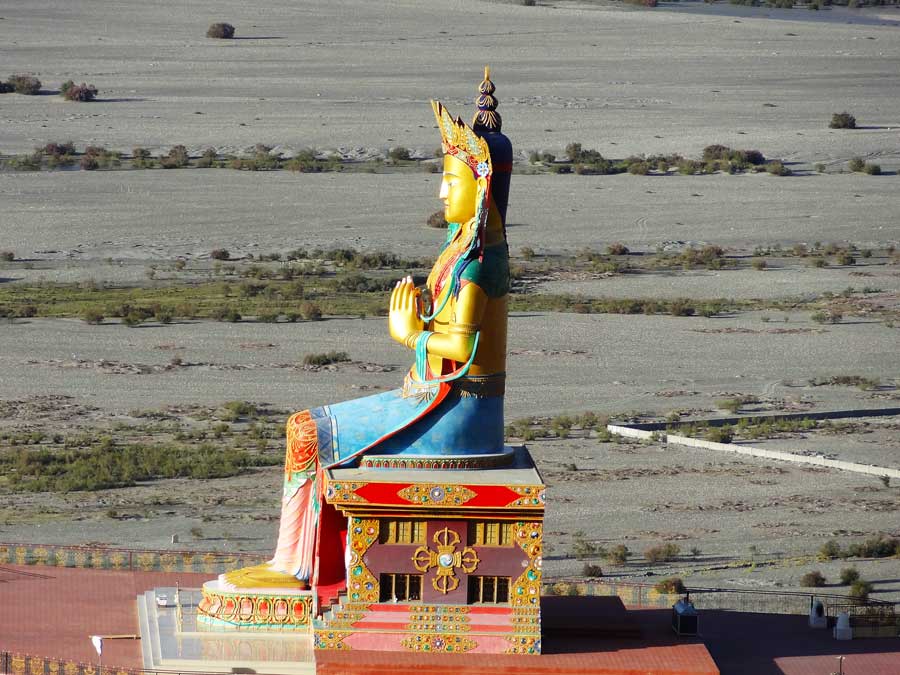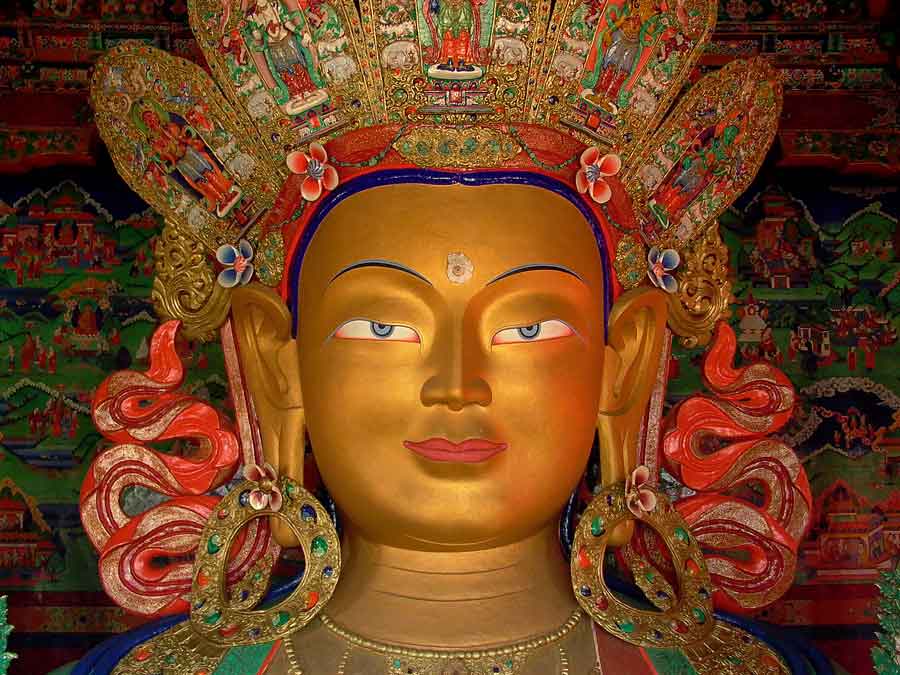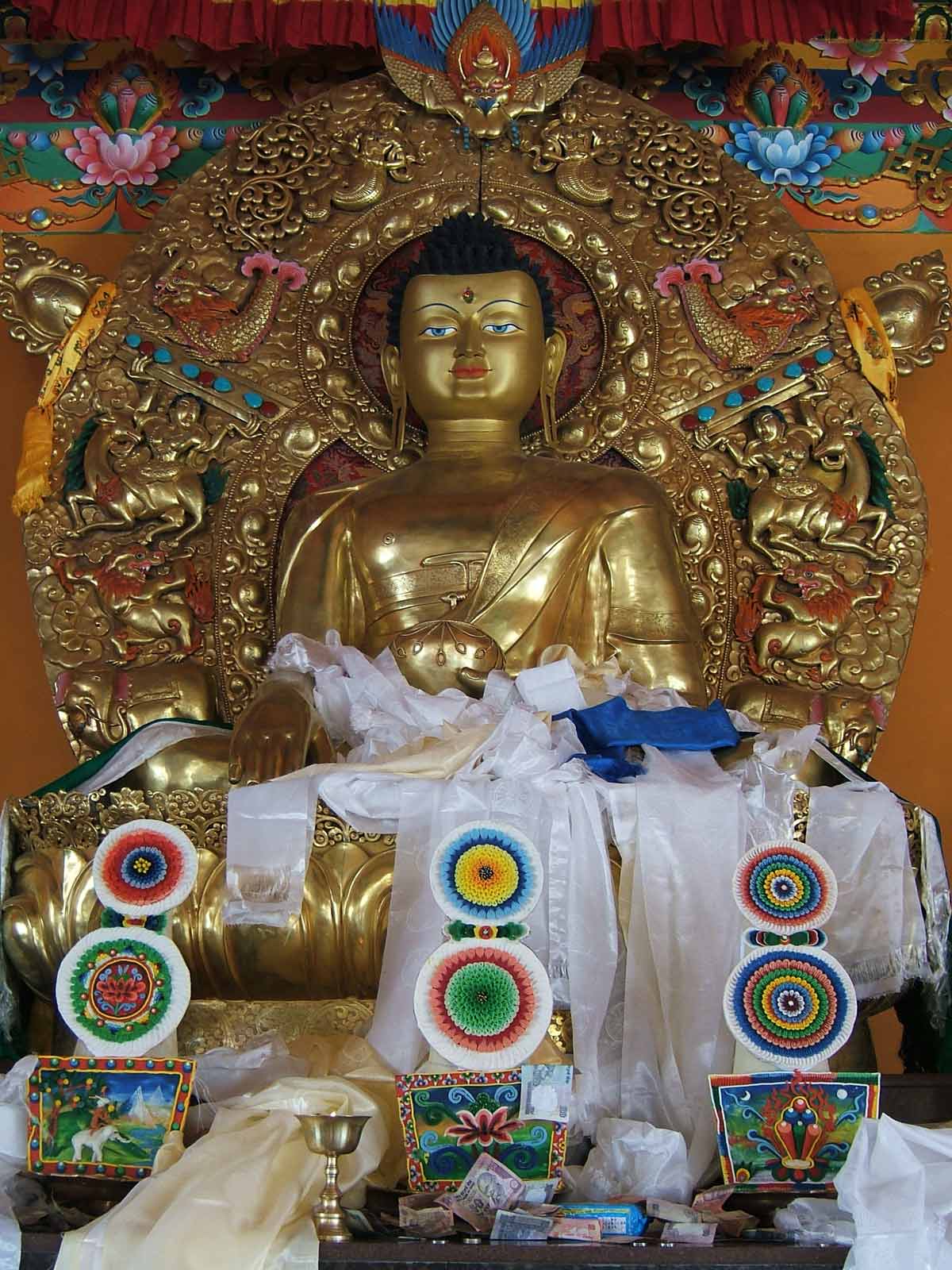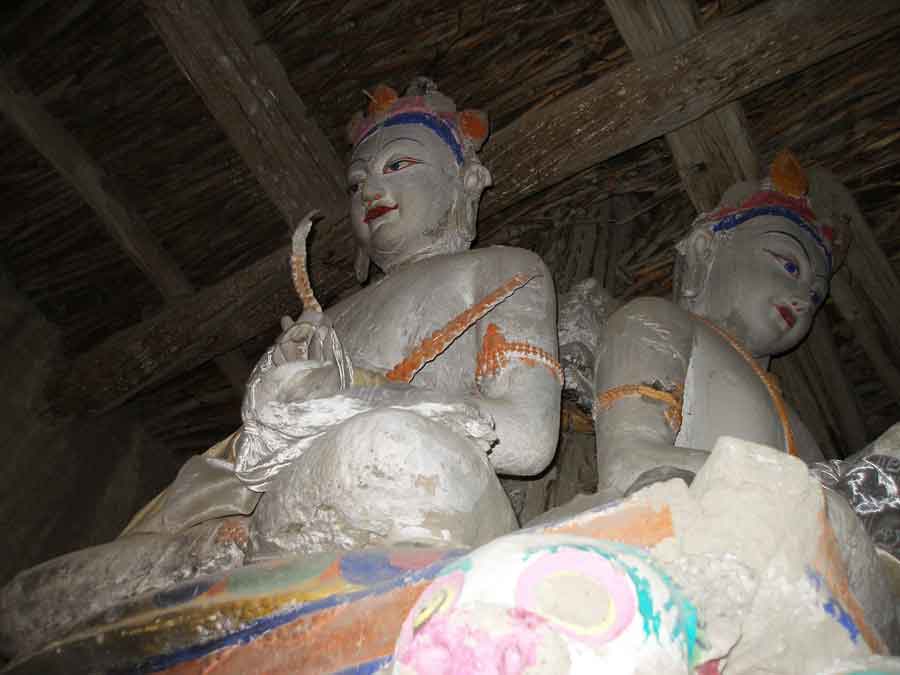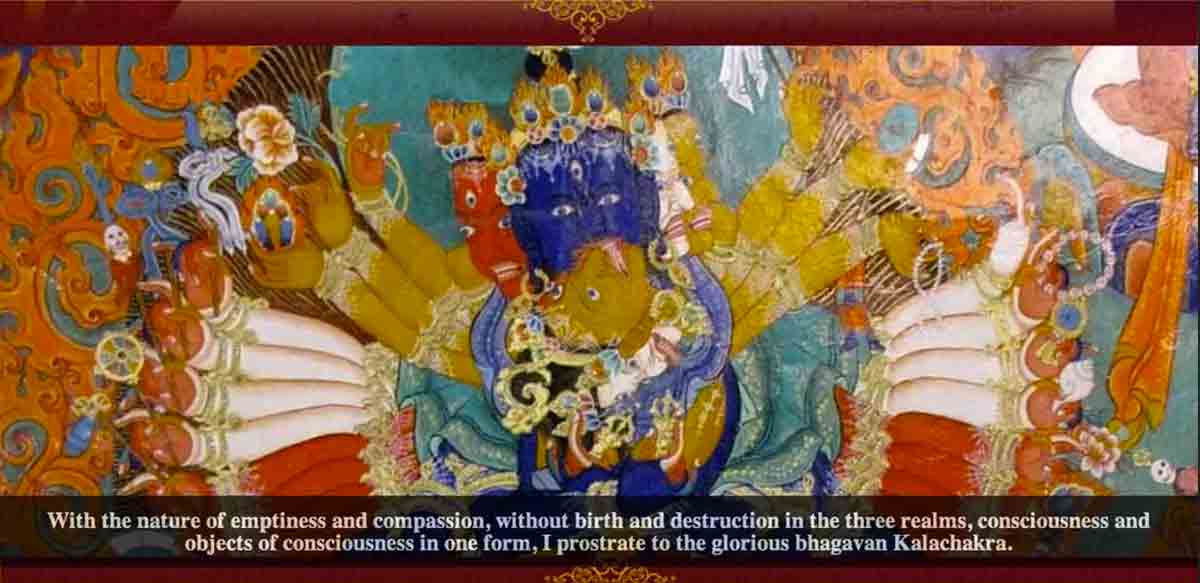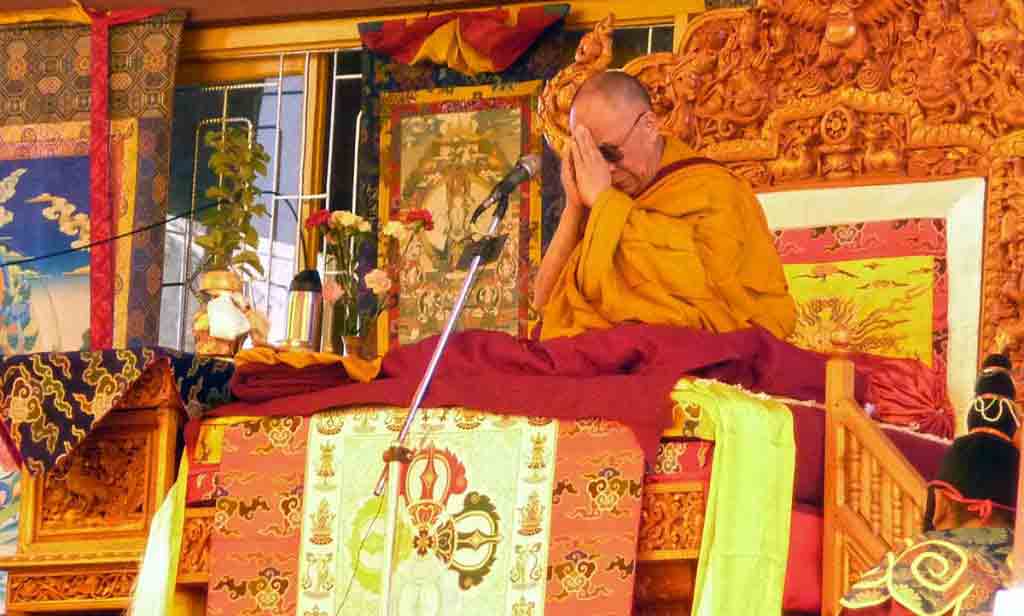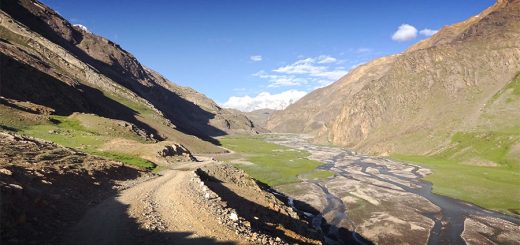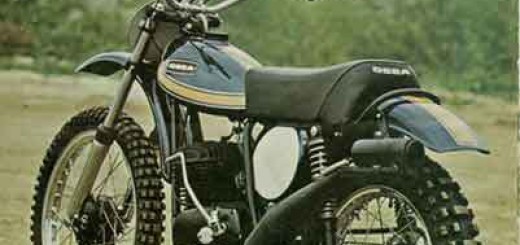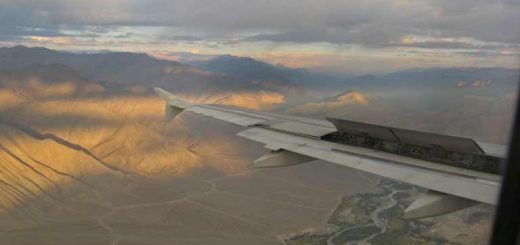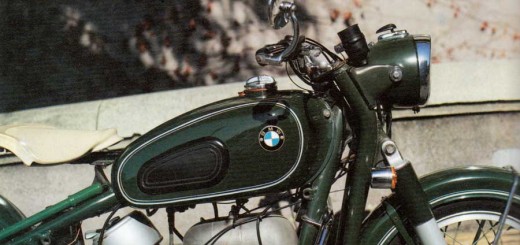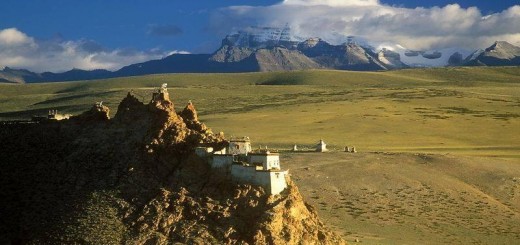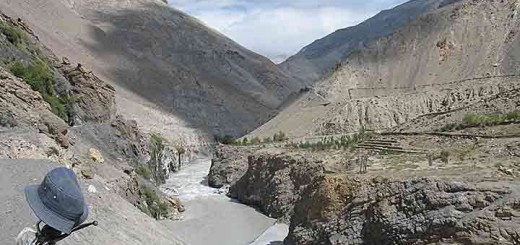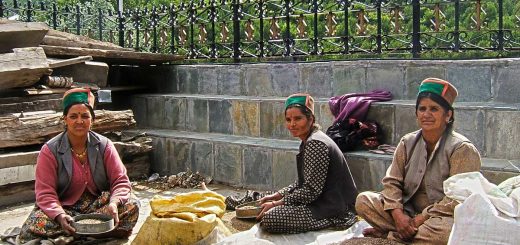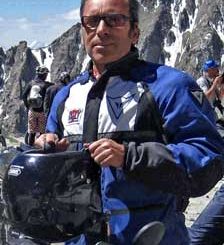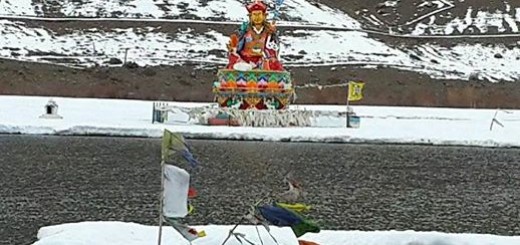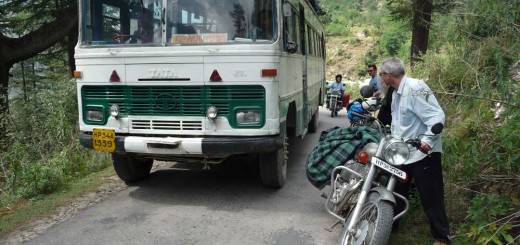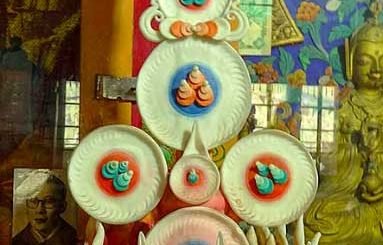Itinerary : Aug and Sept 2023 (Contact us for exact dates).
Highlights :
Leh
The town is still dominated by the now ruined Leh Palace, built in the same style and at about the same time as the Potala Palace in Tibet. We will explore the many Gompas and Palaces that surround this market town, through which the ancient caravan routes connecting Tibet, India, Kashmir and Pakistan passed. This is an amazing area with a history of sustainable agriculture and many westen visitors come to learn how the local people have lived for thousands of years, literally isolated for the long winter months from the fertile plains of India and Kashmir. Sadly opening the area up to modern tourism, and other outside influences, has changed the delicate balance that sustainability requires. The whole area is in transition, like so many parts of the world, and it will need great intelligence and wisdom to find a new balance that addresses the many problems that now are faced by the beautiful Ladakhi people
Hemis Monastery.
Situated around 45 km south of Leh, the Hemis Monastery is the most important monastery belonging to the Drupka order. Monks of the Ka-gyu-pa or the Red Hat sect reside in this monastery. The ride from Leh takes us past Stock Palace and Matho Monastery which belongs to the Sakya Order. Matho Monastery is noted for its six-hundred-year-old thanghas.
Alchi.
Alchi lies 10,500 feet up, sandwiched between the snowy peaks of the Ladakh and Zanskar mountains. Traditionally, the creation of the Alchi complex is attributed to the famous scholar-translator Lotsawa Rinchen Zangpo (958–1055) in the 10th century, along with the Lamayuru Monastery. Rinchen Zangpo engaged Kashmiri artists to create wall paintings and sculptures and a few of these have survived, with the Alchi Monastery complex having the most beautiful of these.
Lamayuru.
Renowned as Tharpa Ling which means the ‘place of freedom’, Lamayuru monastery is the oldest and one of the largest monasteries in the Ladakh region. In the past even criminals could seek shelter here. There are around 150 permanent monks resident in it. The monastery belongs to the Red-Hat Sect of Buddhism, the Dri-gung-pa. It was founded by the Tantrik master Naropa who meditated in a cave here in the 11th centuary.
Srinigar Road.
Great riding on a good road take us up to the Fotula La pass with immense views, both eastward toward Leh and westward toward Srinigar. Close to the village of Mulbekh there is a large Maitreya Buddha or Buddha-to-come, directly on the roadside. Called the Chamba statue some people believe it dates to the Kushan period in the early centuries CE.
Chang La pass.
The Chang La pass of Ladakh 5,360 m (17,590 ft) is on our route to Pangong Lake from Leh. This area is the changtang plateau, well known for its high altitude giant lakes and vast highlands. Traditionally the younger brothers of Ladakhi families tended herds of Yak on the changtang plateau in the summer. In fact the wild Yak cannot live below 12,000 feet elevation for any length of time. The Yak was originally domesticated in Tibet thousands of years ago and has supplied the indigenous people of these mountainous regions with most of their daily needs including meat, milk, butter, cheese, wool, fiber, leather, fuel, and packing/trekking/travel requirements.
Pangong Lake.
This enchanted lake has a very high mineral content as it has no outlet to other water bodies and is the most incredible blue colour. Situated at a height of about 4,350 m, it is 134 km long and extends from India into Tibet. To reach Pangong Lake (also known in Tibetan as Pangong Tso) we ride over the mighty Chang La, one of the highest motorable road in the world. The lake acts as an important breeding ground for a variety of birds including a number of migratory birds.
Nubra Valley.
Like the rest of Ladakh, Nubra is a high altitude desert. The Shyok River meets the Nubra River to form a large valley that separates the Ladakh and the Karakoram Ranges, (it is possible to see K2 mountain). The villages are irrigated and fertile, producing wheat, barley, peas, mustard for oil, and a variety of fruits and nuts, including apple, walnut and apricot.
To reach Nubra we pass over the Khardong La pass, (5,350 m) which is historically important as it lies on the major caravan route from Leh to Kashgar in Central Asia. About 10,000 horses and camels used to take the route annually.
Become our friend on Facebook – join “Friends of Ridinghightours”



